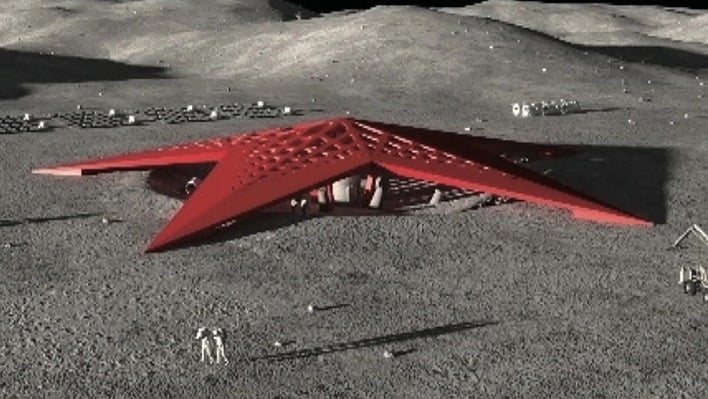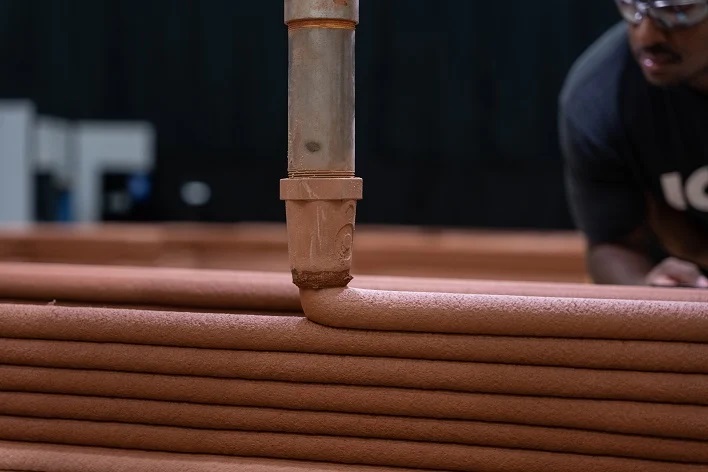China Plans To Build A Moon Base Using 3D Printed Bricks From Lunar Soil

The conference at Huazhong University of Science and Technology in Wuhan hosted more than 100 university researchers. China is expecting to begin working on a moon base within the next five years, according to state-run news outlet CGTN.
"Extraterrestrial construction is still at a very early stage. The purpose of this conference is to promote dialogue, gather ideas, and form a consensus as the community moves forward," explained Ding Lieyun, a specialist in intelligent construction and chief scientist of the National Centre of Technology Innovation for Digital Construction at the University.

The conference comes on the heels of NASA providing a tour to news outlets of its Crew Health and Performance Exploration Analog (CHAPEA) habitat at Johnson Space Center in Houston, Texas. The facility is a unique 3D-printed habitat designed to serve as an analog for one-year missions to the surface of Mars. The four crew members and two backup crew members who will partake in the first one-year mission were chosen earlier this week.

Yu Dengyun, from the China Aerospace Science and Technology Corporation, warned that scientists may have underestimated the extreme daytime and nighttime temperatures. "Our latest data showed the highest temperature on the moon is about 120 degrees (248 Fahrenheit) and the lowest is around minus 200 degrees. Such a difference is larger than we had expected and adds to the difficulty of in-situ construction."
"It might take us 20 to 30 years or longer to eventually settle down on the moon, but we must start working together now," Yu proclaimed.
Top Image: Proposed Red Star moon base. Credit: Handout

